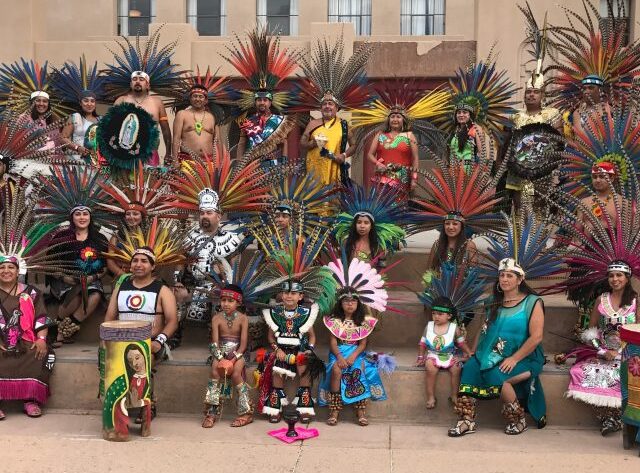In an increasingly interconnected world, cultural exchange has become a defining feature of modern society. People from diverse backgrounds interact, share ideas, and celebrate each other’s traditions. However, this blending of cultures has also given rise to heated debates surrounding cultural appropriation and cultural appreciation. At the core of this discourse lies the question of where to draw the line between respectful admiration and insensitive appropriation. This blog post seeks to explore the distinctions between cultural appropriation and cultural appreciation, emphasizing the importance of fostering genuine understanding and respect to bridge the gap.
Defining Cultural Appropriation
Cultural appropriation occurs when aspects of one culture are borrowed or adopted by members of another culture, often with little regard for its historical or cultural significance. The concern arises when this adoption leads to the commodification of sacred practices, traditional attire, or other culturally significant elements, without acknowledging their origins or respecting their context. This form of borrowing can perpetuate stereotypes, marginalize communities, and undermine the very essence of a culture.
A classic example of cultural appropriation is the misappropriation of Native American headdresses as fashion accessories by non-Native individuals. These headdresses hold deep spiritual significance within Native American cultures and wearing them as a fashion statement trivializes their importance, leading to cultural erasure and disrespect.
Understanding Cultural Appreciation
In contrast, cultural appreciation entails an earnest and respectful engagement with another culture, rooted in a genuine desire to learn and understand its values, history, and traditions. Cultural appreciation involves actively seeking knowledge about a culture, celebrating its achievements, and recognizing its contributions to the global mosaic of human civilization.
An essential aspect of cultural appreciation is recognizing the power dynamics that often accompany cultural exchanges. It is crucial to ensure that marginalized communities have agency over how their culture is shared and represented. Cultural appreciation fosters empathy, empathy that transcends borders, and cultivates unity through understanding and respect.
The Complexity of the Debate
The line between cultural appropriation and cultural appreciation can be blurry, and debates often become polarized, leading to misunderstandings and animosity. It is essential to recognize that cultural exchange has been a natural part of human history, allowing societies to grow, evolve, and enrich each other. However, the key lies in approaching this exchange with sensitivity and humility.
Appropriation occurs when dominant cultures selectively adopt elements of marginalized cultures without facing the consequences and discrimination experienced by the people of that culture. For example, adopting a traditional hairstyle or outfit for a festival might be appreciated if done in collaboration with members of the culture who have faced discrimination for wearing it in everyday life. The key is acknowledging the roots and being mindful of the power dynamics at play.

Promoting Cultural Understanding and Respect
To bridge the gap between cultural appropriation and cultural appreciation, education and dialogue are paramount. Initiating conversations that respect diverse perspectives can lead to a deeper understanding of the issues at hand. Cultural education in schools can promote empathy and respect for different cultures from an early age.
Additionally, promoting collaboration and support between cultures can help foster cultural appreciation. Art, music, and literature from different cultures can be celebrated through cross-cultural projects, creating a platform for sharing and learning from one another.
Responsible Media Representation
Media plays a vital role in shaping perceptions of cultures. Diverse representation, free from harmful stereotypes, is essential in promoting cultural appreciation. By showcasing authentic and respectful portrayals of different cultures, media can play a role in dismantling biases and fostering mutual respect. If you are looking for some information about cultural appropriation vs. cultural appreciation, check out the Bible Keeper blog to know more.
Conclusion
In the debate between cultural appropriation and cultural appreciation, the answer lies in cultivating empathy and respect. Recognizing the complexities of cultural exchange and acknowledging the power dynamics at play is crucial for fostering positive interactions between cultures. Education, dialogue, and responsible media representation can serve as effective tools in bridging the gap and promoting cultural appreciation over appropriation. By nurturing an environment of understanding and respect, we can celebrate the richness of human diversity and build a more inclusive global community.





